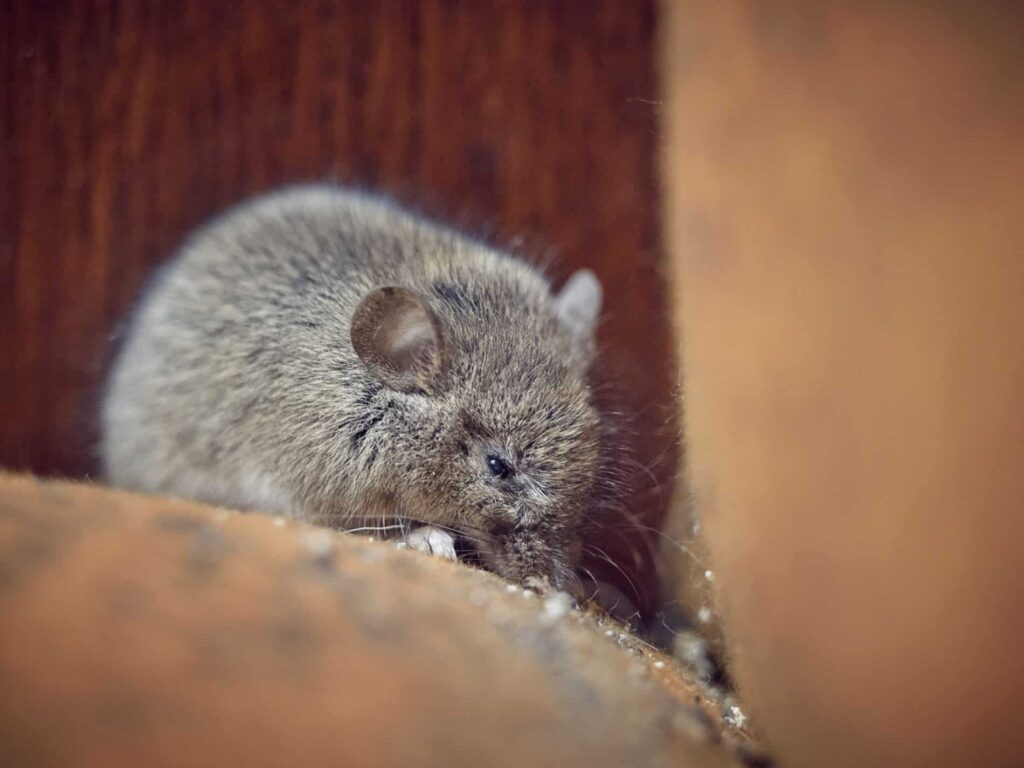Squeaking noises in the attic, chewed cables, or damaged insulation… The signs of rodent presence are unmistakable. These little intruders, whether they are rats, mice, or even dormice, can cause significant damage in a home. Even worse, they pose a health risk to the occupants by spreading bacteria and parasites.
To prevent the situation from worsening, immediate actions are essential. Here is a comprehensive guide to effectively protect your home and avoid unpleasant surprises.

Why Do Rodents Settle in the Attic?
The attic provides an ideal shelter for rodents. Warm and often infrequently visited, it offers a perfect place for them to hide and reproduce. Rodents find everything they need there: materials to build their nests (insulation, cardboard, paper) and sometimes even food if they can access other parts of the house.
Several factors particularly attract these pests:
- Poorly stored food waste in areas close to the attic.
- Openings or cracks in the roof that allow easy access.
- A damp or poorly ventilated environment, conducive to their infestation.
The problem? Once settled, rodents can multiply quickly, making eradication that much harder.
The Damages Caused by Rodents: More Than Just a Nuisance
The presence of rodents in the attic is far from trivial. In addition to noise and odors, these animals can cause significant damage:
- Damage to insulation: Rodents tear apart insulation to make their nests, reducing the home’s energy efficiency.
- Chewed electrical wires: This behavior can lead to short circuits or even fires.
- Contamination from droppings: Their urine and feces, often harboring bacteria, can pose health risks.
- Structural weakening: By gnawing on wooden or plaster elements, they can compromise the integrity of the attic.
Acting quickly is essential to limit damage and avoid costly repairs.
The First Steps to Take Against an Infestation
At the first signs of an infestation, certain actions must be taken immediately. The goal: prevent proliferation and minimize damage.
1. Identify the Signs of Their Presence
The most common indicators include:
- Squeaking noises, especially at night.
- Droppings (small dark pellets).
- Cables or insulation that have been gnawed.
- A persistent smell of mildew or urine.
A thorough inspection of the attic is necessary to locate areas frequented by rodents.
2. Seal All Possible Entrances
Rodents can squeeze through very small openings, sometimes as small as a coin. Identifying and sealing entry points should be a priority:
- Use metal mesh to block holes in walls or the roof.
- Seal cracks with caulk or sturdy materials.
- Install protective grates on vents.
3. Eliminate Food Sources
Rodents settle where they find food. To deter them:
- Store food in airtight containers.
- Regularly clean areas where crumbs or waste might accumulate.
- Remove access to standing water.
Solutions to Get Rid of Rodents
Once initial measures have been taken, it’s time to address the rodents that are already present.
1. Mechanical Traps : Effective and Targeted
Spring traps or glue traps are a classic solution for capturing rodents. They allow for quick removal without the use of chemicals.
2. Natural Repellents
Some natural repellents are particularly effective in keeping rodents at bay without harming the environment:
- Essential oils (peppermint, eucalyptus): These emit a scent that rodents strongly dislike.
- Pepper or chili powder: Sprinkled around entry areas, they act as a deterrent barrier.
3. Chemical Solutions
If the infestation is significant, rodenticides can be employed. However, these products must be handled with care and kept out of reach of children and pets.
Preventing A New Invasion
Once rodents have been eliminated, it’s crucial to implement effective preventive measures to avoid their return.
- Regularly monitor the attic for early signs.
- Install rodent-proof grates on sensitive openings, such as chimneys or ventilation ducts.
- Maintain the roof to quickly spot and repair cracks or broken tiles.
- Keep the attic clean and dry, as a dry environment is less inviting to rodents.
An Issue Not to Underestimate
Rodents in the attic should never be taken lightly. Beyond immediate nuisances, their presence can lead to significant repair costs and pose serious health risks.
By adopting simple yet effective measures, it’s possible to protect one’s home in the long term and keep these unwanted intruders at bay. With prompt action and diligent prevention, the attic remains a safe, clean, and protected space. A crucial factor in ensuring the comfort and security of the home.

